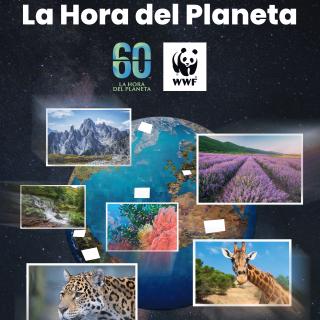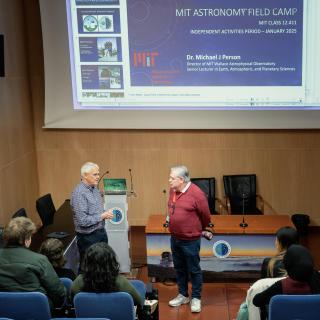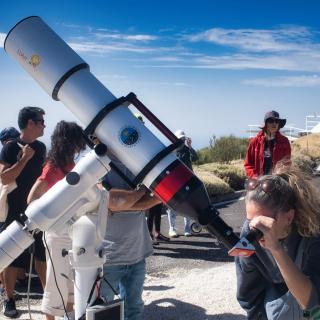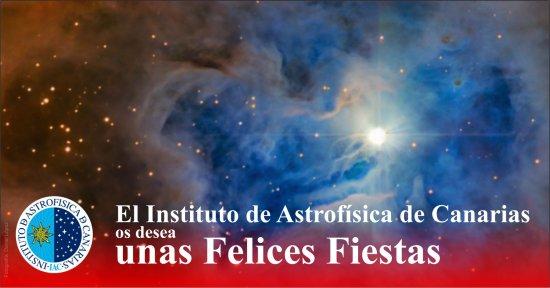It may interest you
-
 The Instituto de Astrofísica de Canarias (IAC) is joining the Earth Hour, a global movement that, once a year, reminds us that nature is the planet’s life support and highlights the environmental emergency that requires collective action.Advertised on
The Instituto de Astrofísica de Canarias (IAC) is joining the Earth Hour, a global movement that, once a year, reminds us that nature is the planet’s life support and highlights the environmental emergency that requires collective action.Advertised on -
 This January, the Instituto de Astrofísica de Canarias is hosting, for the third time, the ‘ MIT Astronomy Field Camp’, the historic scientific camp that the Massachusetts Institute of Technology (MIT) offers to its students of planetary sciences and astronomy with the aim of providing them with the real experience of working in a professional observatory. On this occasion, nine students have been at the Teide Observatory, in Tenerife, since 7th January, where they have carried out various astronomical observations. Dr. Michael Person has been the coordinator of this activity that began inAdvertised on
This January, the Instituto de Astrofísica de Canarias is hosting, for the third time, the ‘ MIT Astronomy Field Camp’, the historic scientific camp that the Massachusetts Institute of Technology (MIT) offers to its students of planetary sciences and astronomy with the aim of providing them with the real experience of working in a professional observatory. On this occasion, nine students have been at the Teide Observatory, in Tenerife, since 7th January, where they have carried out various astronomical observations. Dr. Michael Person has been the coordinator of this activity that began inAdvertised on -
 El IAC colabora por segundo año consecutivo con el festival de música y tendencias de Puerto de la Cruz con actividades gratuitas que permitirán a los asistentes descubrir el Observatorio del Teide y observar el Sol con telescopios especializados. El Instituto de Astrofísica de Canarias (IAC) se suma nuevamente al Phe Festival , que celebra su décimo aniversario los días 5 y 6 de septiembre en Puerto de la Cruz, con un programa de actividades destinadas a acercar la Astronomía y la investigación científica al público general. La iniciativa forma parte de IAC POP, la estrategia de divulgaciónAdvertised on
El IAC colabora por segundo año consecutivo con el festival de música y tendencias de Puerto de la Cruz con actividades gratuitas que permitirán a los asistentes descubrir el Observatorio del Teide y observar el Sol con telescopios especializados. El Instituto de Astrofísica de Canarias (IAC) se suma nuevamente al Phe Festival , que celebra su décimo aniversario los días 5 y 6 de septiembre en Puerto de la Cruz, con un programa de actividades destinadas a acercar la Astronomía y la investigación científica al público general. La iniciativa forma parte de IAC POP, la estrategia de divulgaciónAdvertised on
